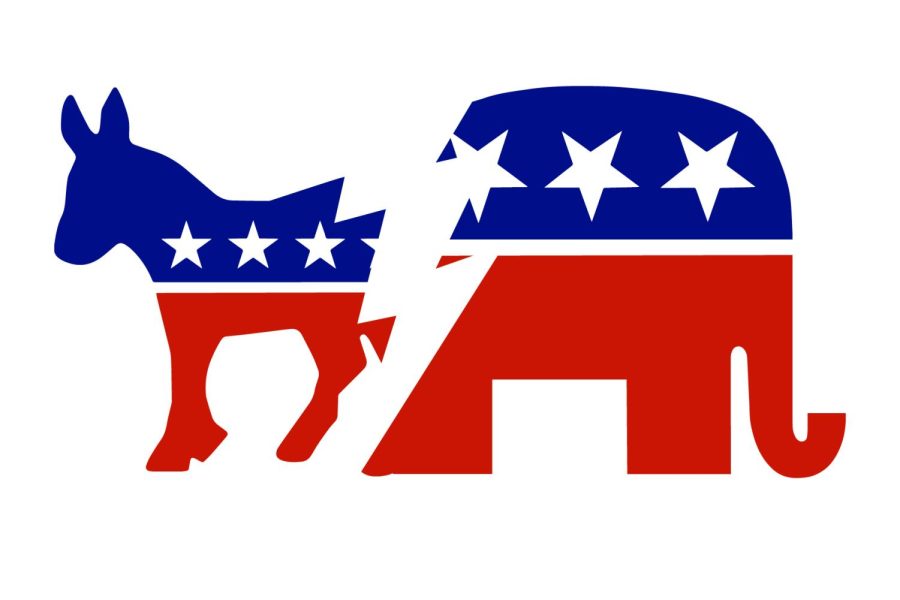Political Polarization in America
Polarization is a problem for any country, much less the United States. However, it looks damaging that the prominent representative democracy is having some in-house issues. The Founding Fathers worried about such a divide, and Abraham Lincoln warned, “A house divided against itself cannot stand.” With what people are seeing in this country now, what comes next?
One of the most common things people do is question the future. It’s in our nature to question the unknown, and for a good reason. The future of polarization and divide in America is one of those unknowns and it could either get better or much worse. In “Political Polarization in America: Two Possible Futures,” the author states their findings of polarized American behavior: “Americans accept smaller paychecks to avoid listening to opposing partisans, move to new places to surround themselves with ideologically similar residents, and swipe left on people with whom they disagree politically.” Some readers may agree with this attitude, and some may find it alarming.
To discuss the psychology of such behaviors, Dr. Kameko Halfmann, an assistant professor of psychology at the University of Wisconsin-Platteville, agreed to an interview. Dr. Halfmann teaches several psychology courses including Behavioral Research I and II, and mainly focuses her research on decision making.
Dr. Halfmann reviewed the past 100 years’ voting patterns, noting the evolution of such patterns, moving from landslide victories to marginal wins, and asking what changed? Halfmann pointed to the increase in access to information over those past 100 years, stating that it “overwhelms some voters into not voting.” She also added that the excess of information and ways in which we receive it – websites, social media and news networks – has led people to seek out specific information. This is known as confirmation bias, which is different from research.
Research seeks out a topic of information to study it, while confirmation bias, as Dr. Halfmann explains it, “seek(s) out information that confirms preexisting beliefs.” Dr. Halfmann hit on this point of confirmation bias and related it to an “echo chamber.” She provided the example of the news networks, where Republicans watch Fox News and Democrats watch CNN. This creates “extra polarization” and a lack of understanding of the other side’s views.
Halfmann recommended, as she has been doing the past couple of years, to listen to at least three different news networks. One in the middle of the aisle, one leaning politically one way and one leaning the other way. This allows for the most unbiased delivery of information and for the reader to decide with the clear information presented.
The American people have a choice to make when it comes to polarization. That decision can determine the future of the country in the societal aspect. People question what comes next for the divide in America. Dr. Halfmann was unsure about the future, but recalled various, tense moments throughout history. She proposed that “Maybe this is just history repeating itself, a cycle we go through … and the pendulum will swing back in the right direction,” adding that things may have to get worse before they get better.
Either way, the future turns, the outcome is determined by the decisions of the present, specifically its people. The pendulum of repetition may be at its peak or in the midst of its swing. However, the anticipation and hope of a return to a more connected society may be the closest thing to an answer America will get.




